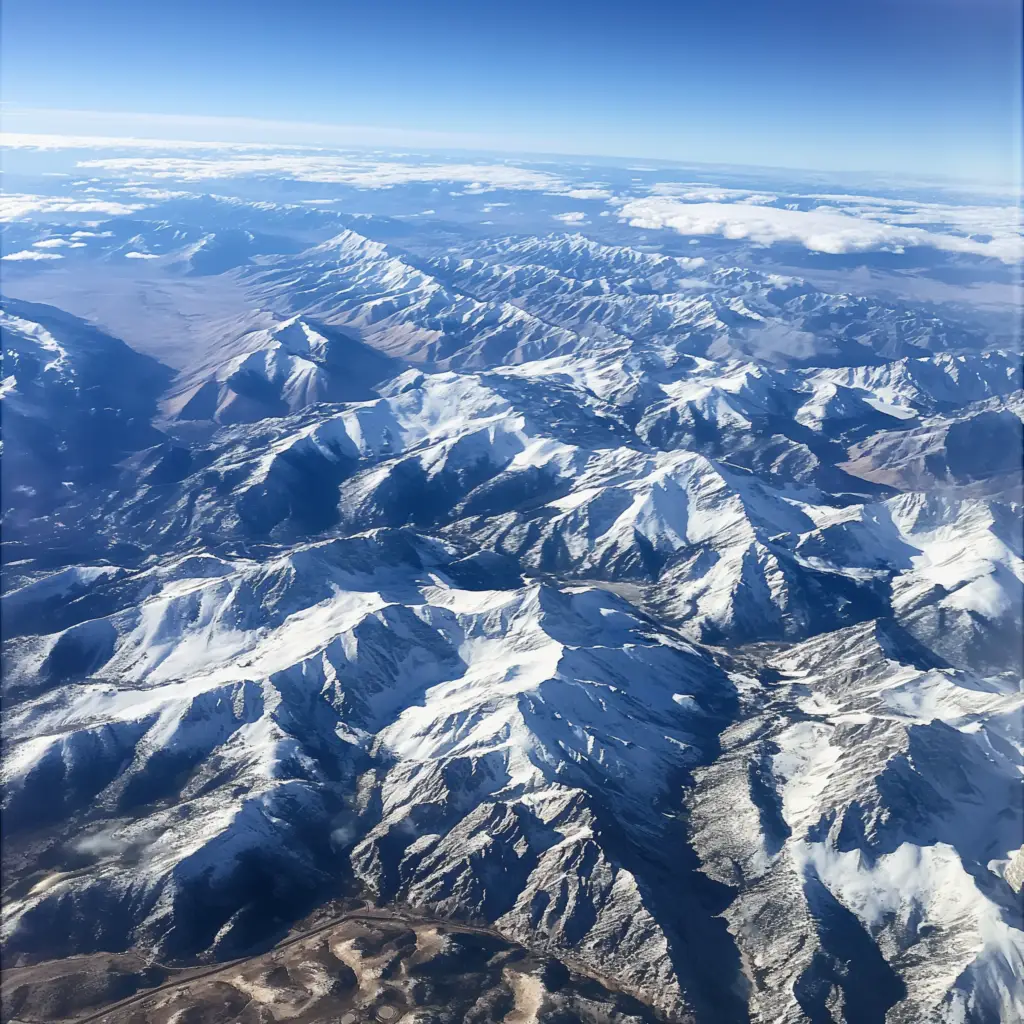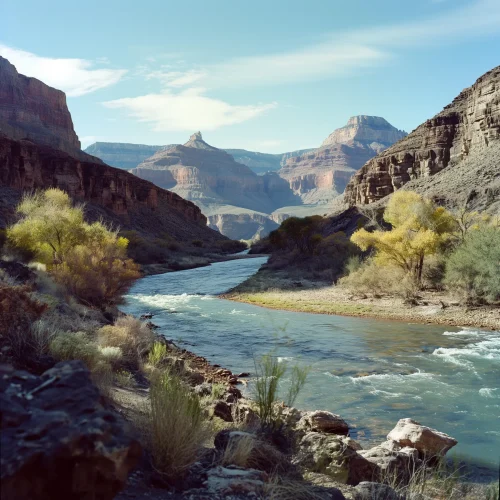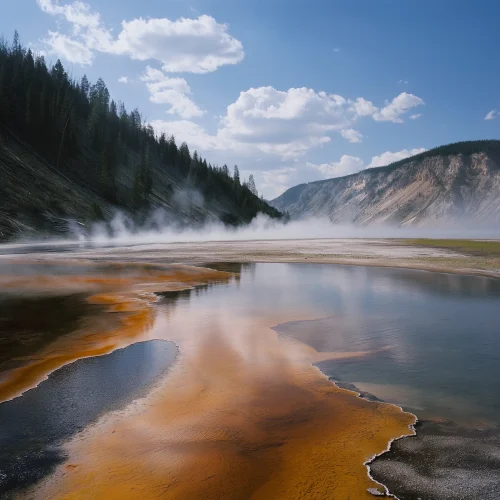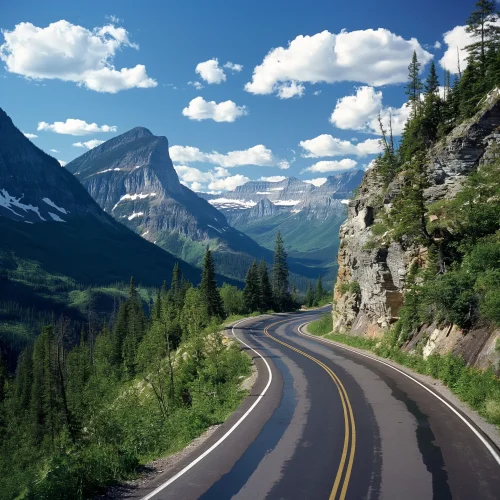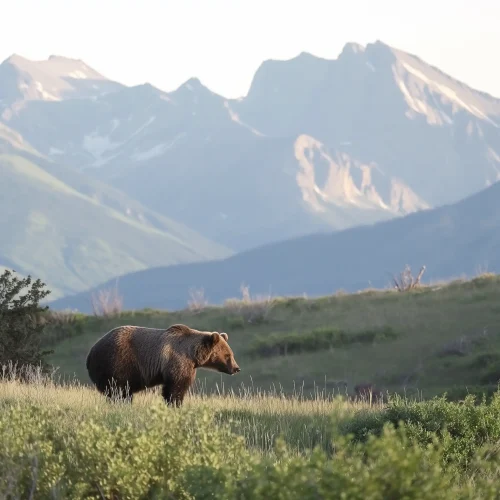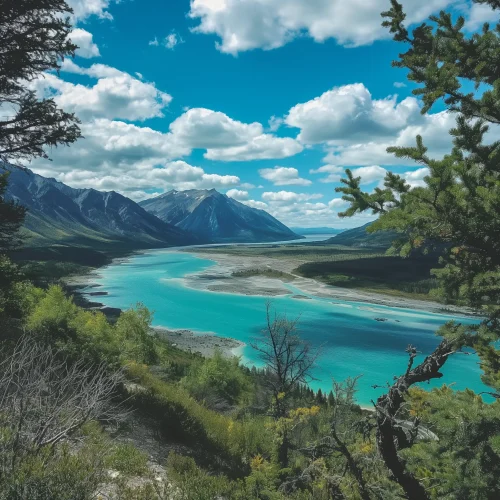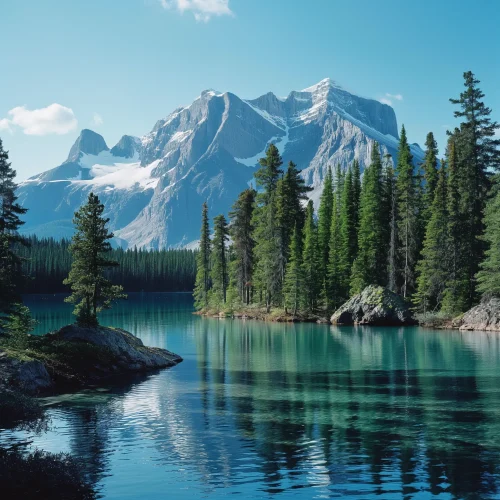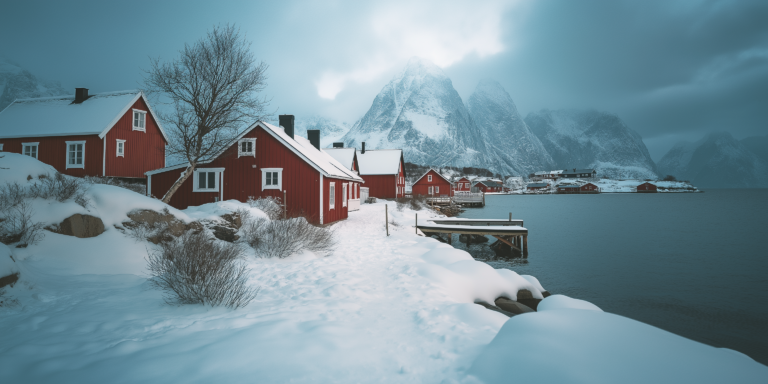The Rocky Mountains are a majestic mountain range stretching over 3,000 miles (4,800 kilometers) from the northernmost part of British Columbia in Canada to New Mexico in the United States. They are a natural wonder and a prominent feature of North America’s landscape, offering breathtaking views, diverse wildlife, and a variety of outdoor activities that attract adventurers and nature lovers alike.
One of the most remarkable aspects of the Rockies is their stunning scenery. With towering peaks, expansive forests, and crystal-clear alpine lakes, the Rockies provide a picturesque backdrop for activities such as hiking, camping, and skiing. Mount Elbert, located in Colorado, is the highest peak in the Rockies, standing at 14,440 feet (4,401 meters). Visitors can explore famous national parks such as Rocky Mountain National Park, Yellowstone National Park, and Glacier National Park, each offering unique landscapes and ecosystems.
The Rocky Mountains are also rich in wildlife. Travelers may encounter elk, bighorn sheep, grizzly bears, and mountain lions, among other species. Birdwatchers will find a diverse array of birds, including eagles, hawks, and colorful songbirds. The changing seasons in the Rockies offer distinct experiences, from the vibrant wildflowers of spring and summer to the golden aspen trees of fall and the snow-covered slopes of winter.
Culturally, the Rockies have a rich history. Indigenous peoples have lived in and around the mountains for thousands of years, with tribes such as the Blackfoot, Shoshone, and Ute having deep connections to the land. The Rockies also played a significant role in the westward expansion of the United States during the 19th century, serving as a challenging barrier for pioneers and settlers.




